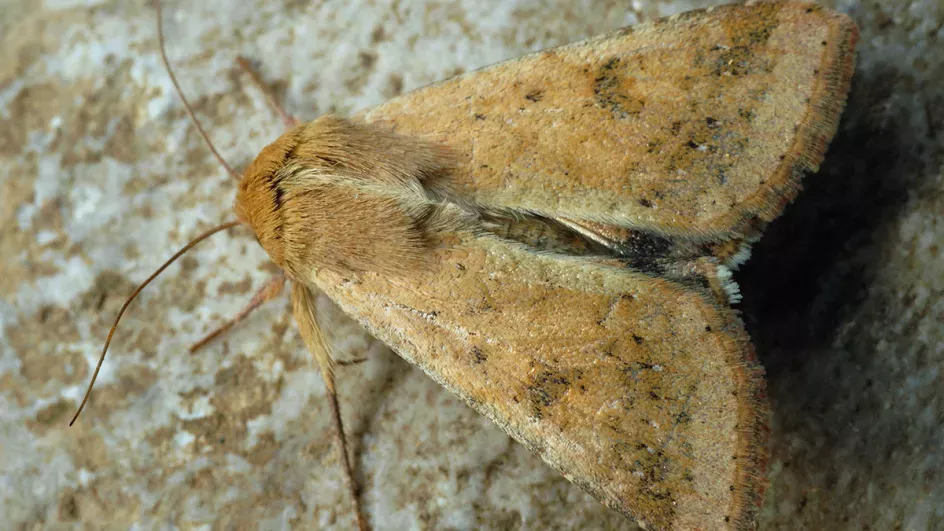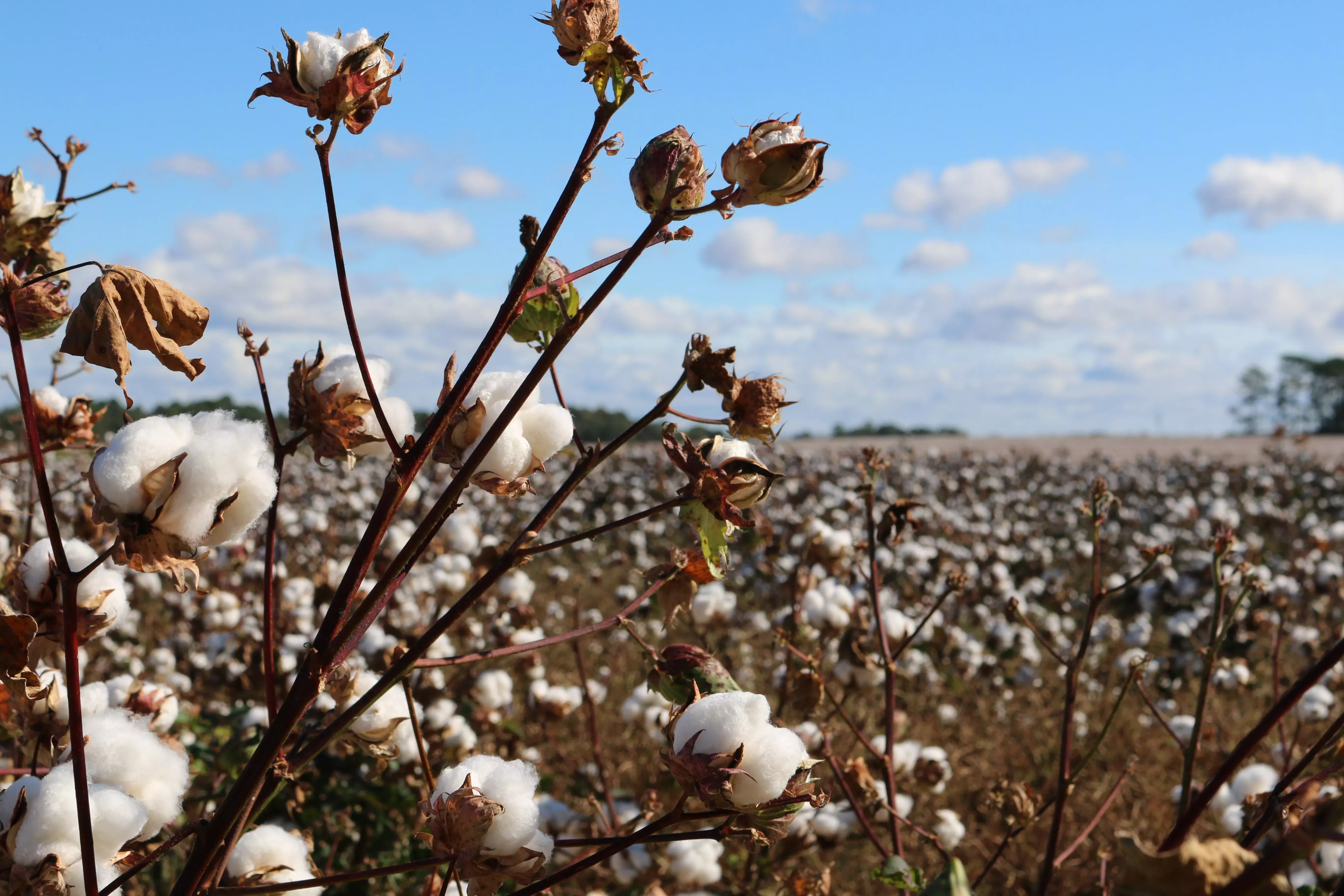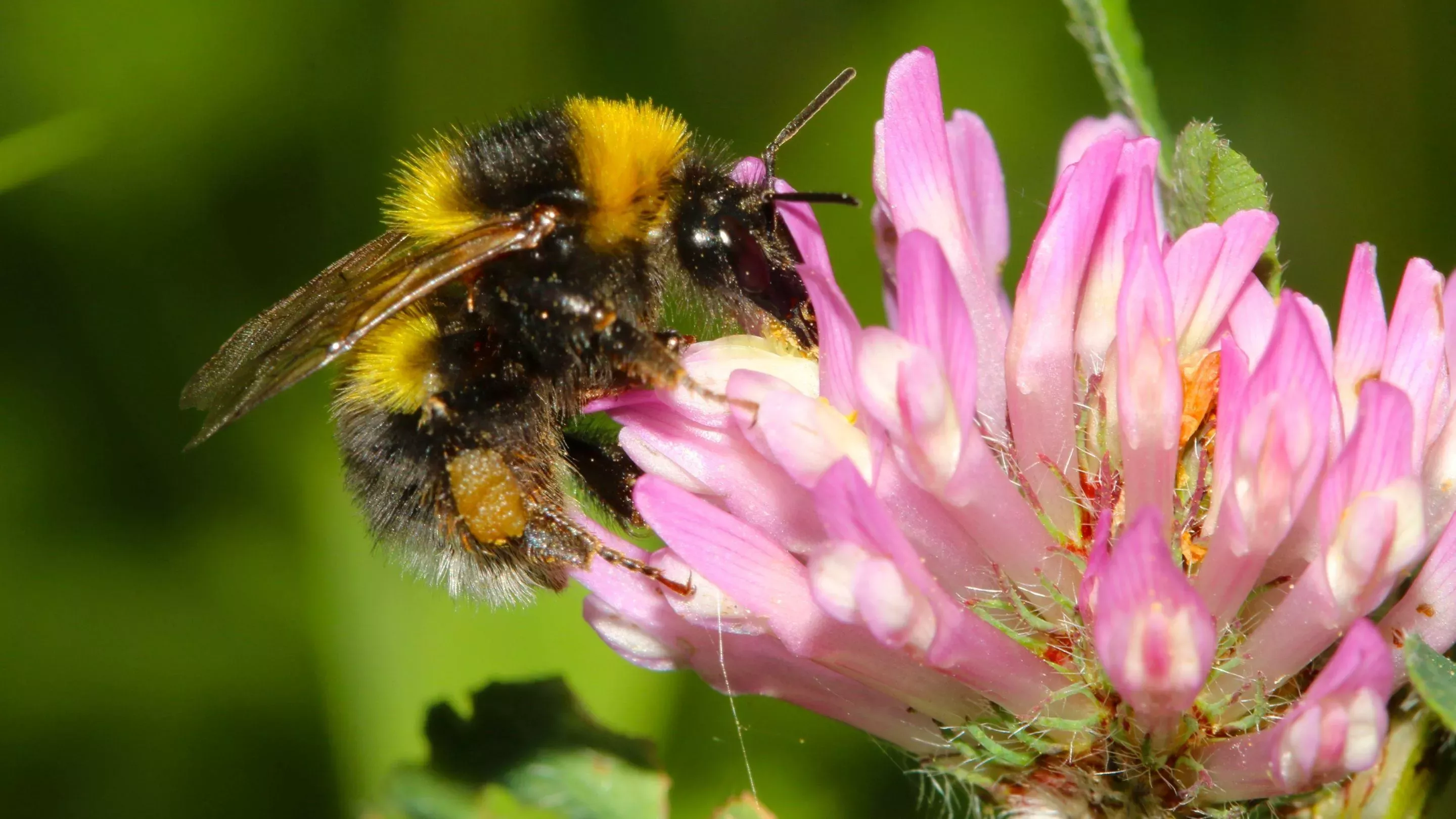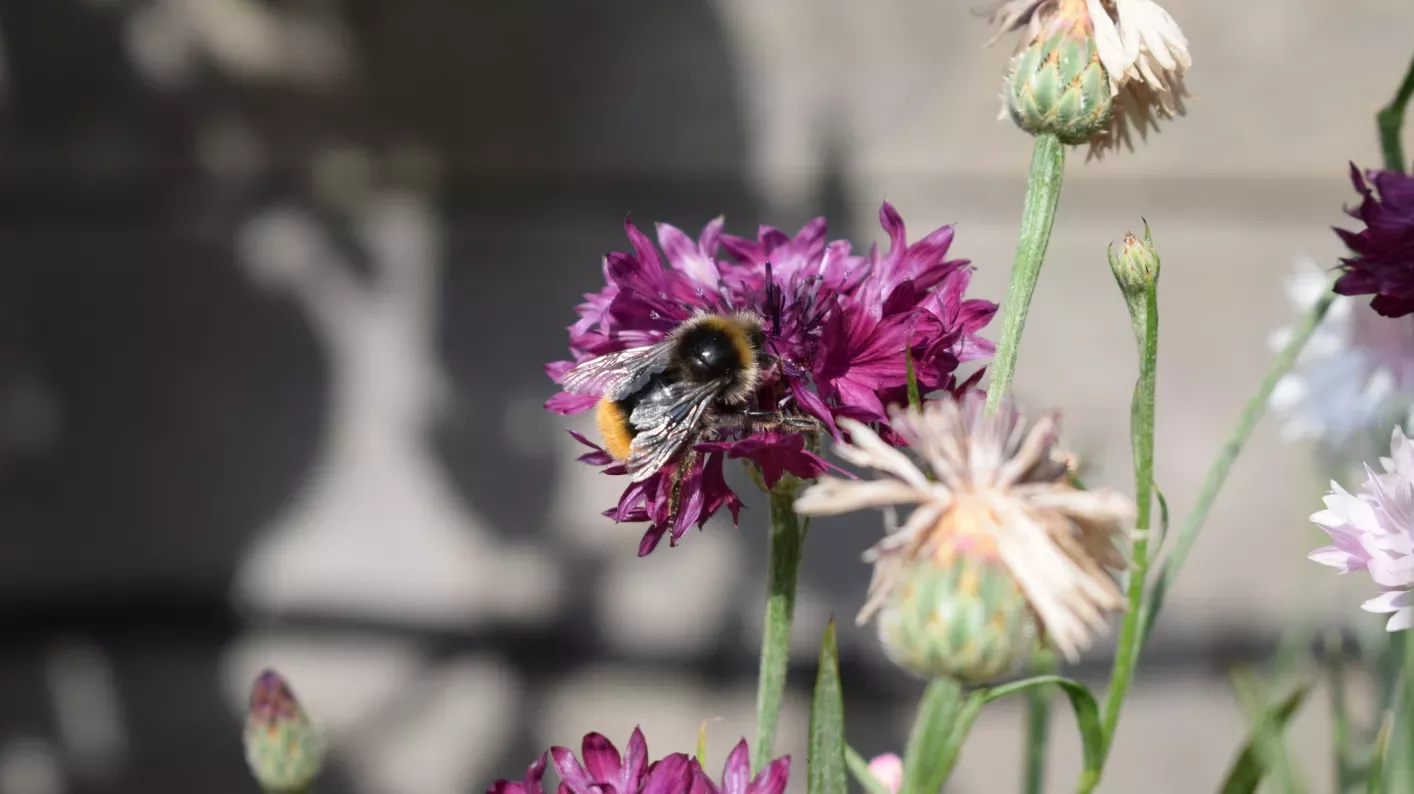
Wakehurst
Surviving or Thriving: An exhibition on plants and us
A specially-curated exhibition about the state of the world’s plants and what this means for us.
See the exhibition20 March 2019

Pests and pathogens are the two greatest threats to plant health. They have killed billions of trees in forest and urban settings worldwide over the last two decades. They also cost global agriculture billions of pounds a year.
Controlling their spread is essential for the environment, economy and plant life. But what pests pose the biggest danger?
Wakehurst’s Surviving or Thriving exhibition, based on Kew’s series of ground-breaking reports on the state of the world’s plants and fungi, has highlighted the bugs that are bad news for plants and where the greatest amount of research into plant health currently lies.
These arthropods not only eat and damage host plants and crops but also help spread various viral, fungal and bacterial pathogens.
The 2017 State of the World’s Plants report ranked the top pests in terms of the number of scientific publications about them in The Centre for Agriculture and Biosciences International (CABI) from the previous five years. Here they are…
Scientific publications: 1,619
Location: Asia, Africa, South America, Europe, Oceania
Top plant hosts: Gossypium (cotton), Cicer arietinum (chickpea)
Scientific publications: 1,528
Location: Asia, Africa, N/S America, Europe (few occurrences), Oceania
Top plant hosts: Solanum lycopersicum (tomato), Gossypium (cotton)
Scientific publications: 962
Location: Asia, Africa, N/S America, Europe, Oceania
Top plant hosts: Solanum lycopersicum (tomato), Phaseolus vulgaris (common bean)
Scientific publications: 926
Location: Asia, Africa, N/S America, Europe, Oceania
Top plant hosts: Brassica oleracea (cabbage), Brassica
Scientific publications: 853
Location: Asia, Africa, N America, Europe, Oceania
Top plant hosts: Glycine max (soybean), Arachis hypogaea (peanut)
Scientific publications: 829
Location: Asia, Africa, N/S America, Europe, Oceania
Top plant hosts: Triticum (wheat)
Scientific publications: 811
Location: Asia, Africa, N/S America, Europe, Oceania 95
Top plant hosts: Solanum tuberosum (potato), Capsicum annuum (bell pepper)
Scientific publications: 668
Location: Africa, N/S America, Europe (few occurrences)
Top plant hosts: Zea mays (maize), Gossypium (cotton)
Scientific publications: 610
Location: Asia, Africa, N/S America, Europe, Oceania
Top plant hosts: Gossypium (cotton)
Scientific publications: 603
Location: Asia, Oceania
Top plant hosts: Oryza (rice)

First top pest

Third top pest

Ninth top pest
The problematic pests in this list are particularly harmful to plant health globally as:

There are many possible reasons for the spread of insect pests, including increased international trade and travel, importation of plants for gardening and planting, resistance to pesticides and untreated wood packaging and climate change.
As much as these pests are harmful to plants, there are many insects out there having a hugely positive impact.
These helpful creatures pollinate crops, improve soil health and help naturally control insect pests.

All countries are susceptible to pest plant damage. Halting the spread of pests and pathogens is crucial for natural capital throughout the world.
Here are the ways we can reduce the damage…
Find out more at Surviving or Thriving: An Exhibition on Plants & Us in Wakehurst’s Millennium Seed Bank Atrium.

Wakehurst
A specially-curated exhibition about the state of the world’s plants and what this means for us.
See the exhibition
Kew Science
State of the World's Plants and Fungi provides a cutting-edge horizon scan, taking stock of the world's most valuable and vulnerable plants and fungi.
Read the reports
Kew Gardens
Pollination is one of the most important biological processes on our planet. And bees one of the most important pollinators. But what is pollination and why is it so important?
Read more